Natural from the start
Our quality standard is based on the efficiency of nature. Where chemicals and plastics would otherwise be used, we apply environmentally friendly processes to protect people and the environment. The choice of material has a significant impact on the well-being of your child. Our curiosity and quest for constant technical improvement drives us to redefine the principles of the conventional stroller: As a member of the International Association of the Natural Textile Industry (IVN) and the Initiative Deutsche Manufakturen, we adapt a wide variety of materials and consistently develop them further.
Our goal is to holistically avoid synthetic substances and plastic components. 46% of the total surface area is already made of natural, bio-based components from animal and plant fibers, without compromising on design, durability or comfort. The remaining 54% are metals and plastics, which include the frame, wheels and braking system. Our maxim is to develop natural substitutes for those components that can be returned to the natural cycle after use or are biodegradable. However, the term “biodegradability” has little to do with sustainability, especially when used without context. Any product can be biodegradable, but only compostable products biodegrade. We have already achieved success with wood granules, thermally bonded wool fibers and leather-like surfaces made from fruit.
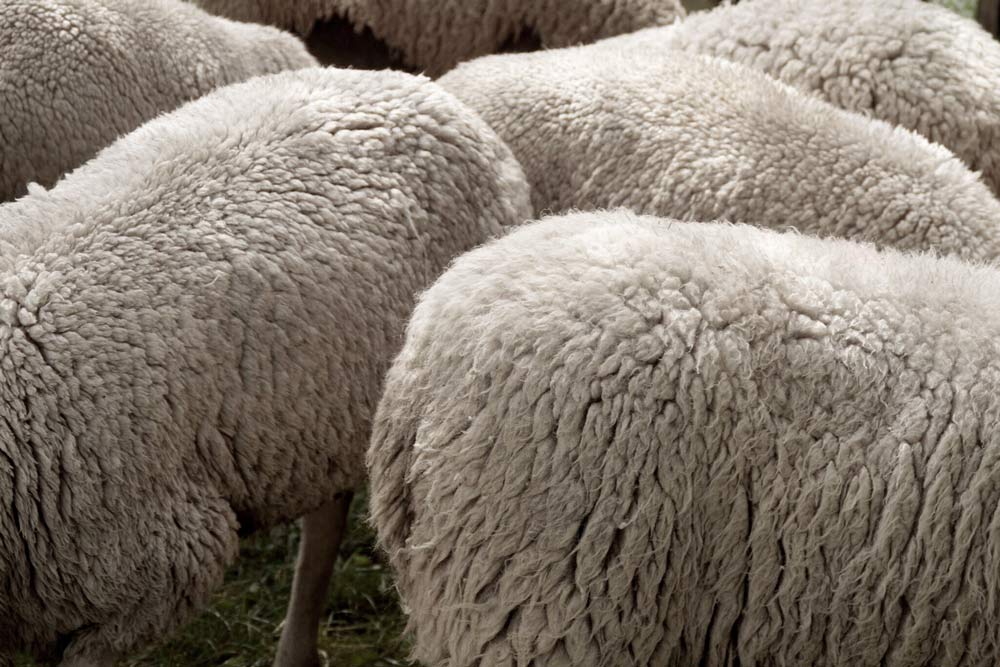
Sheep wool
Sheep wool is a truly unique fiber. It cools in summer and provides cozy warmth in winter. Due to the grease coating, it not only has excellent moisture-wicking properties, but is also extremely permeable to air. In this way, an optimal indoor climate can be guaranteed, in which heat accumulation does not occur. Our virgin sheep’s wool comes from controlled organic animal husbandry and is processed into soft virgin sheep’s wool fleece in Dinkelsbühl, Bavaria. Our virgin sheep wool textiles come from Norway, Scotland, Italy and Germany.
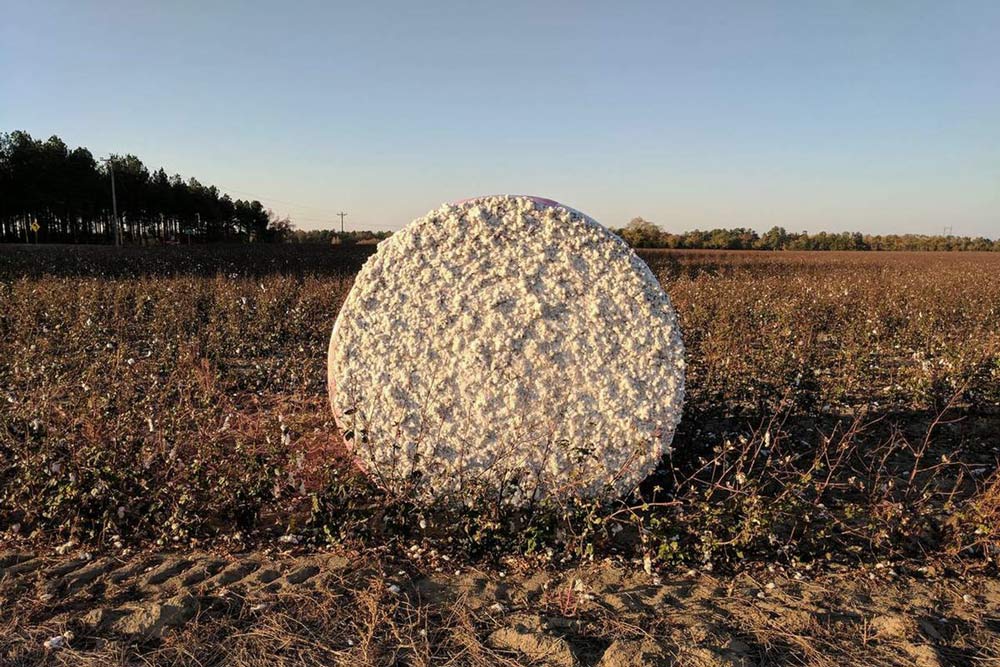
Cotton
Cotton from controlled organic cultivation, fairly traded and dyed and finished in a natural way – for an all-round natural environment. In the direct contact area, we rely on the finest cotton poplin, as this fabric is particularly soft and thus gentle on baby’s sensitive skin. For the exterior, we use a sturdy canvas made of organic cotton. Our cotton fabrics are woven in Germany and dyed and finished in the Austrian Tyrol.
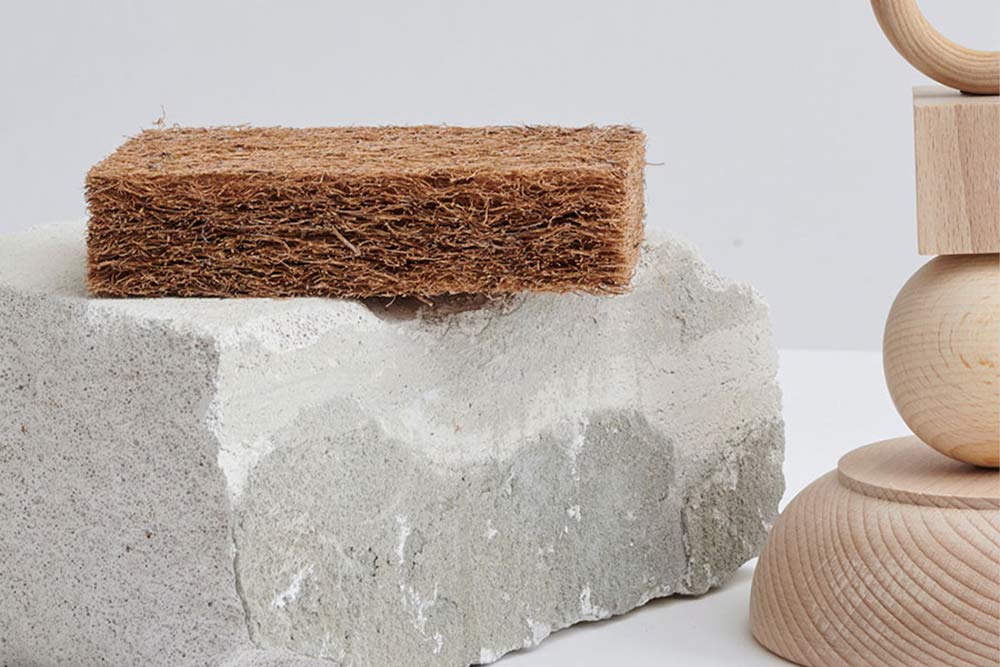
Coconut
Coconut fibers are dimensionally stable, breathable and moisture-wicking. That’s why they are perfect for our stroller mattresses, which are equipped with a certified coconut core and covered with virgin sheep’s wool. Instead of absorbing moisture, the coconut core simply transfers it to the wool surface where it can quickly dry again. So your baby is always nice and dry – and without any plastics. The coconut core also supports your baby’s soft spine and provides additional cushioning.
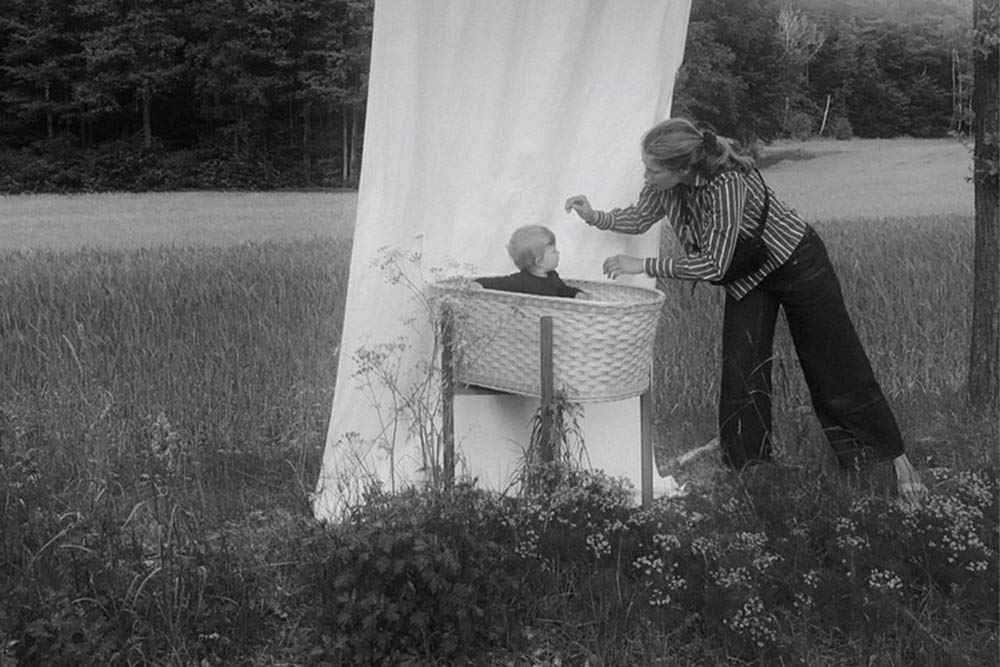
Willow & Rattan
Before our willow and rattan branches can be processed, they must first be soaked in water. Then the branches are completely untreated and woven exclusively by hand. After the final fine sanding, a water-based varnish is applied. For ages, rattan and willow have been used for cradles, baskets and cribs. We are pleased to be able to use this natural and sustainable material in our strollers as well, thus contributing to the preservation of the traditional craft of wickerwork.
Our rattan baskets are woven by our basket maker in the Bavarian town of Schney near Lichtenfels in three hours of handwork.
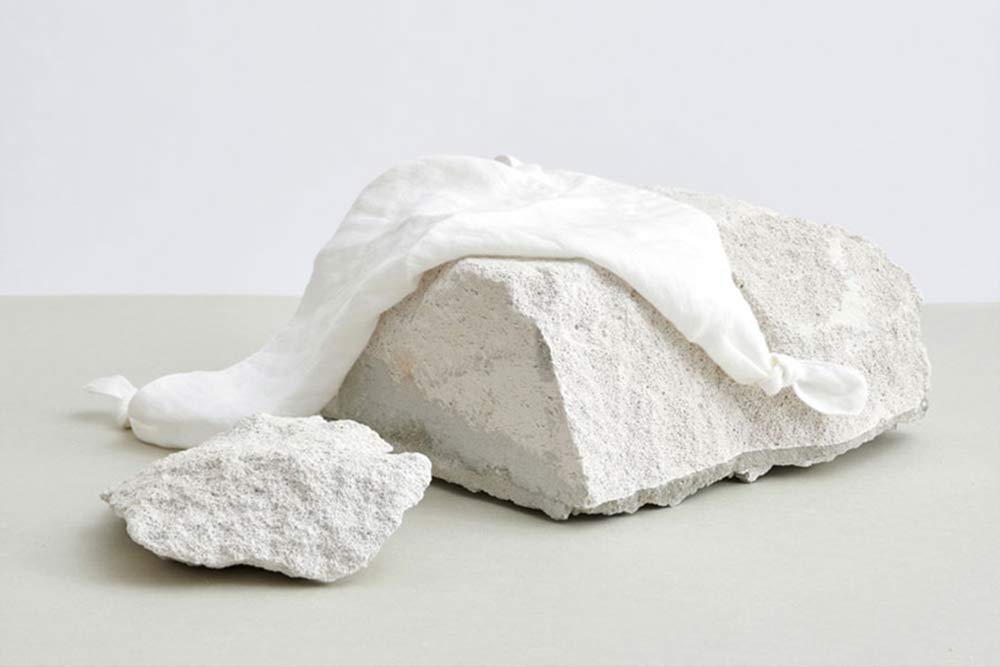
Linen
Linen is made from flax fibers grown in our latitudes, making it inherently more sustainable than cotton. The cultivation of the flax plant is also particularly environmentally friendly, as it is extremely resistant to pests and thus pesticides can be dispensed with. The light and airy fabric feels pleasantly cool on the skin and convinces with its robustness. Our linen fabrics come from controlled organic cultivation and are dyed and finished ecologically.
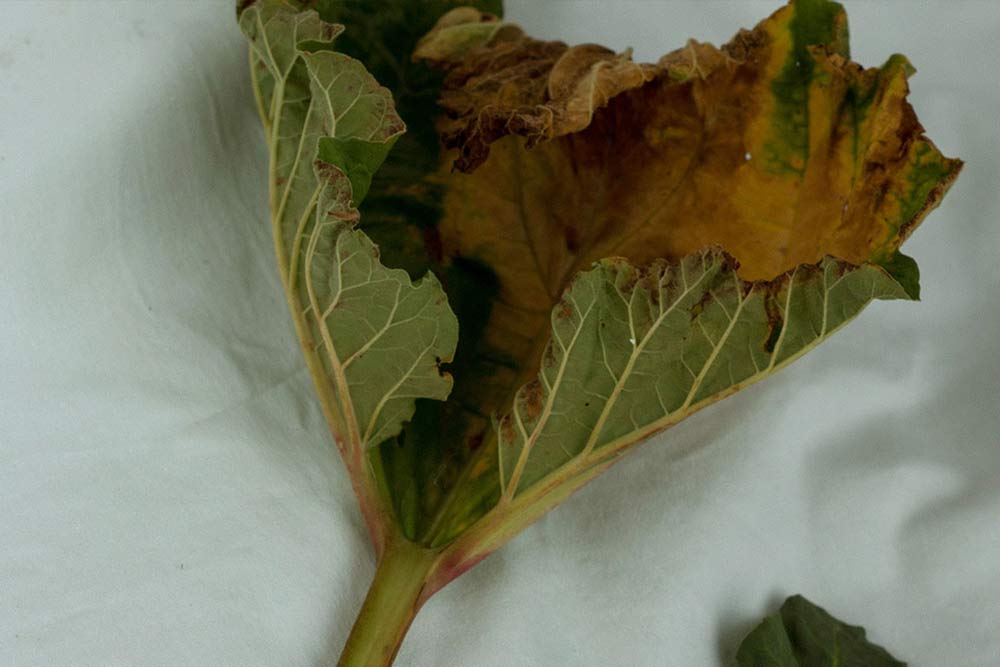
Rhubarb leather
Rhubarb leather is the natural alternative to conventional chrome-tanned cowhide. The root of the rhubarb plant naturally contains ingredients that are ideal for leather tanning. A particularly soft touch and exceptional fragrance are the hallmarks of this natural leather. The surface is not coated and is therefore breathable and also particularly skin-friendly – perfect for our stroller handles!
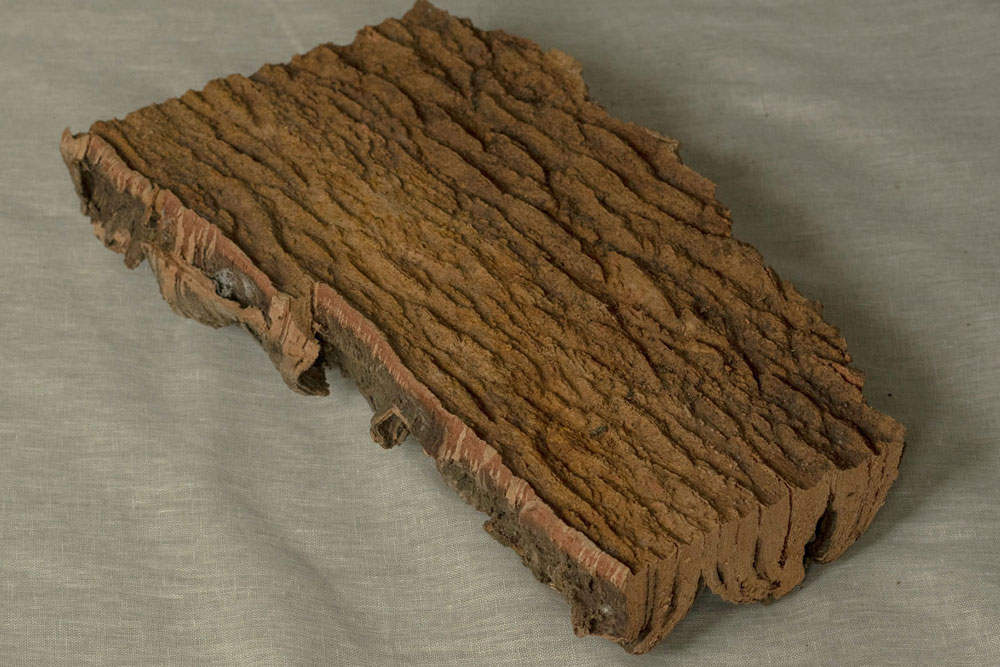
Wooden
We cooperate with the carpentry Lehr from Engelthal and use FSC-certified ash and walnut wood from the region, which is treated with linseed oil. In our strollers it is used in the bassinet under the mattress in the form of a wooden board. Here, too, we completely dispense with plastic.
Woven wood products are color-stained and then coated with varnish – all water-based.
Our products
We want to lay the foundations for a fully transparent and circular supply chain. The most sustainable stroller would be fully compostable, recyclable, designed from renewable, bio-based and sustainable materials, produced regionally, extremely durable and repairable. Our products are designed and manufactured efficiently as well as sufficently to minimize the impact on the environment. With each new generation of ANGELCAB strollers, we get a little closer to our ideal of realizing net negative products as well as service processes.
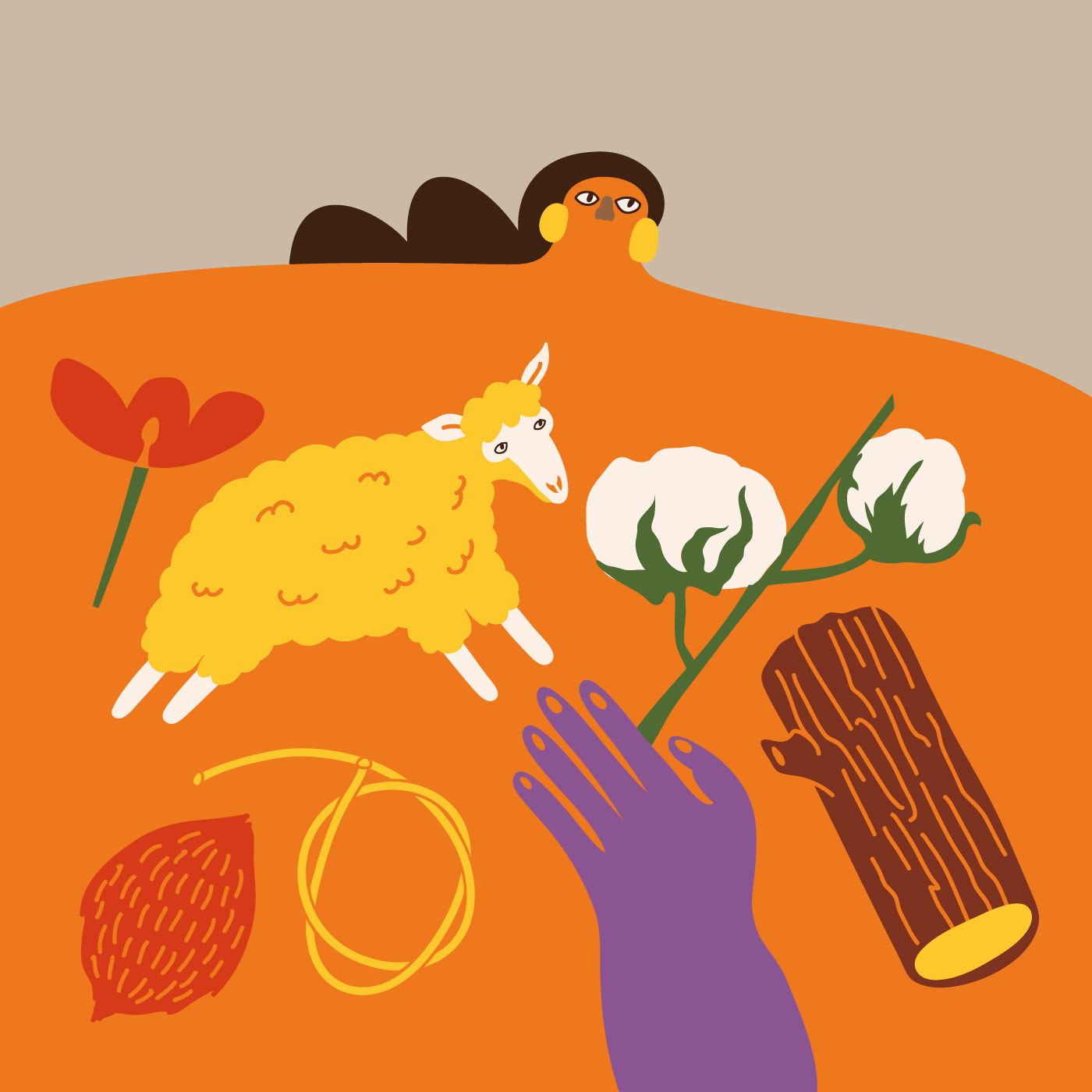
Materials
Challenge
- Tracing the origin of materials is not very transparent in the case of metals and plastics. Suppliers cannot or do not want to provide exact details for reasons of competition law.
- Slewing rings and connectors are made of plastics and cannot yet be replaced by natural fibers to meet all safety requirements.
- Materials must meet certain requirements and customer expectations, so not every natural fiber is suitable.
The objective
- Certificates of origin or binding commitments must be in place at all supplier facilities by 2025.
- Research into and further development of alternative raw materials for the injection molding process.
- Further development of natural finishing processes to utilize more sensitive natural fibers for heavier duty applications.
Production
The objective
- Further developments in design technology to reduce the plastic content of the joints.
- Increase the proportion of fibers that can be grown in Europe.
- Flax instead of cotton fibers. Linen textiles from European cultivation and production.
- Increased efficiency of cutting through more flexible quantity tolerances.
Challenge
- The production of plastic compounds is energy-intensive. Recycled material cannot be used throughout.
- The transport routes of cotton and coconut fibers to Germany are long.
- Cotton production is water intensive.
- Despite fully automatic cutting, trim waste accumulates.
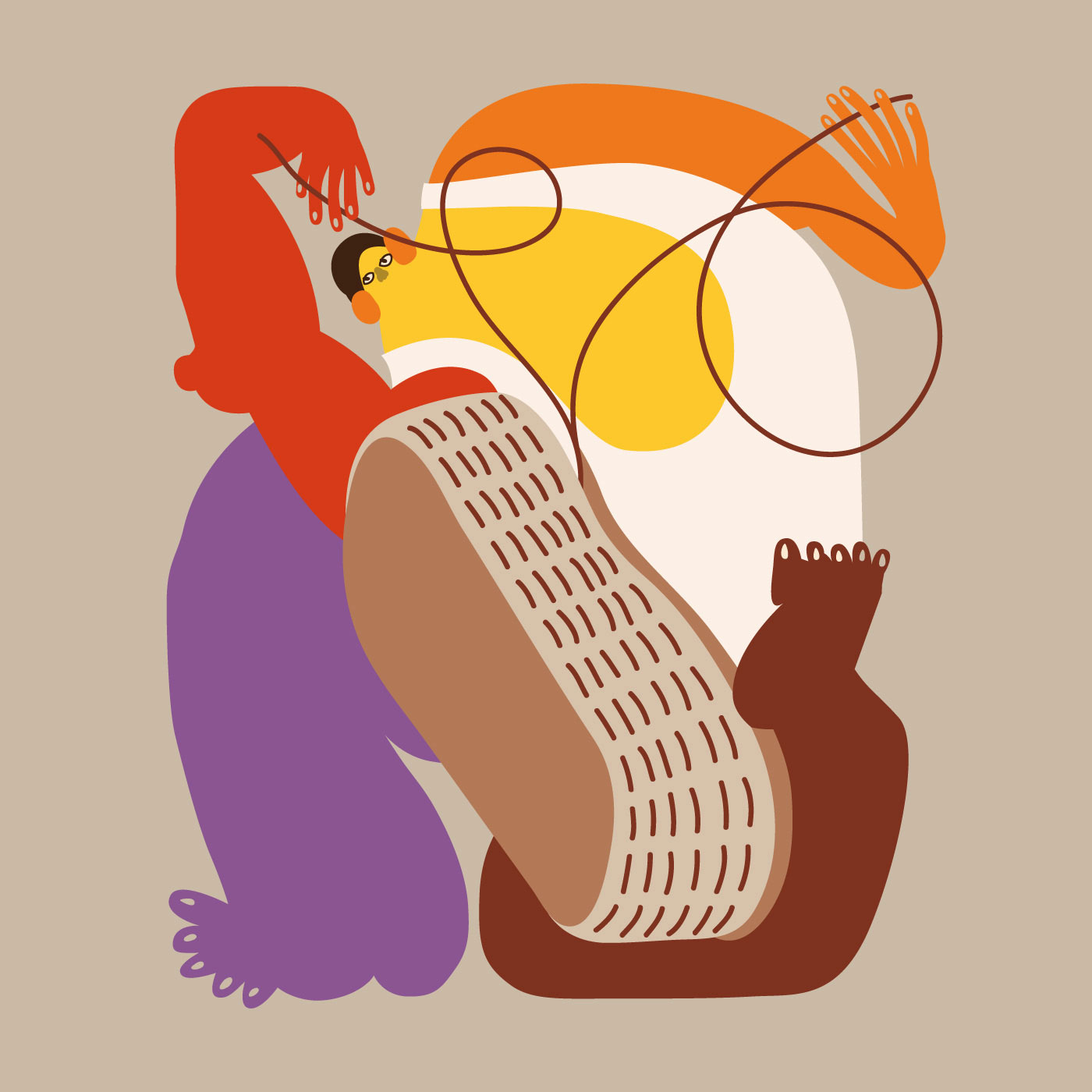
Our planet
As a manufacturing company, we are part of the problem and want to further reduce our greenhouse gas emissions as well as operate in a carbon-negative manner by 2025. We focus in particular on material procurement, production, logistics and disposal.
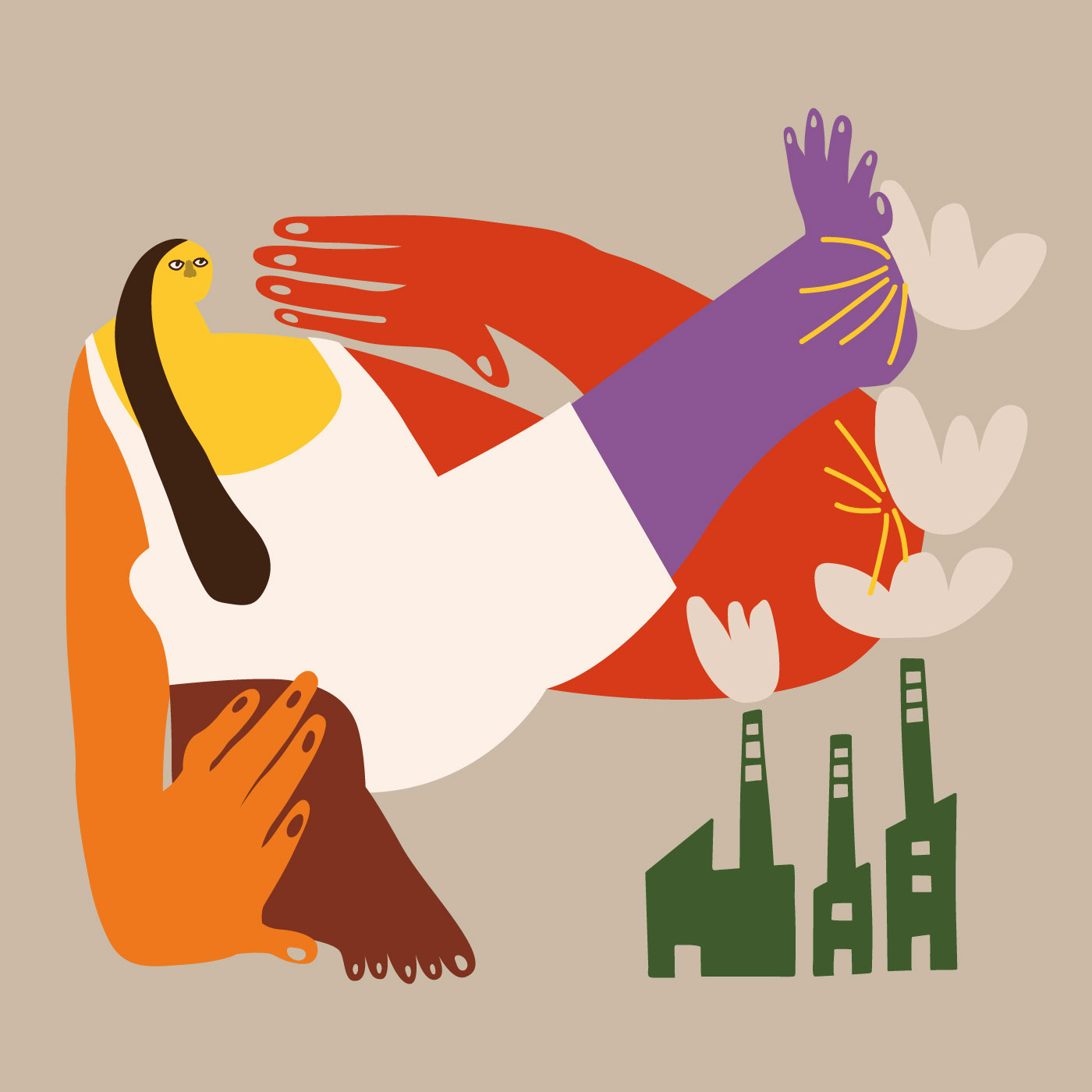
Greenhouse gas emissions
The objective
- Include alternative fibers from hemp, nettle, or flax with growing areas in the domestic market or near abroad.
- Increased offsetting by the shipping service provider on a volume basis.
- The recycled content of metal parts can be increased to over 90% by Hydro CIRCAL (trademark).
- Life cycle assessment (LCA) and ISO 14067:2018 certification by 2025 at the latest.
Challenge
- In the case of cotton and coconut fibers, the materials sourced by our suppliers do not come from Europe, with negative consequences for the carbon footprint of both fibers.
- Shipping is done by road with vehicles that still largely run on fossil fuels.
- Aluminum components are composed of only 24% recycled metals.
- The complexity of supply chains reduces the accuracy of emissions calculations.
Disposal management
The objective
- Development of processes to enable the biodegradable fraction under normal conditions.
- Development of processing wool trimmings into darning wool without thermal bonding of upholstery materials
- Eliminate all riveted joints by 2025.
Challenge
- The term “biodegradable plastics” is misleading, since ideal conditions must prevail for this.
- 4% of our packaging material is made of plastic. Natural alternatives do not meet the requirements.
- Cutting different material compositions requires tooling.
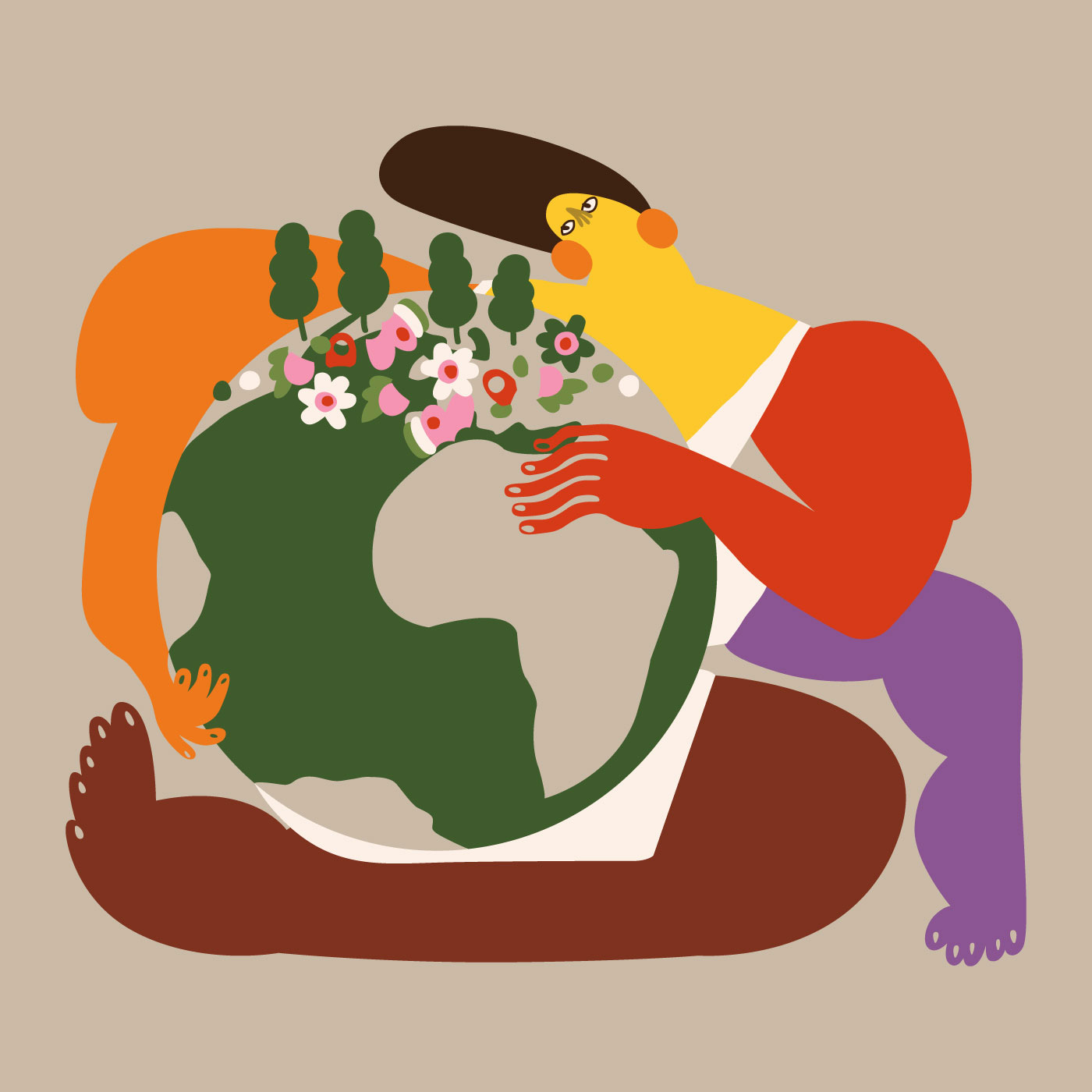
Most frequently asked questions
What is special about the natural materials used?
We at ANGELCAB reflect on our roots. Since nature has already blessed us with incredibly functional materials, we rely on natural fibers instead of plastic. Wherever possible from a production and safety point of view, natural substitutes for synthetic materials are used. Robust wool textiles instead of coated polyester fibers, wood instead of plastic and coconut fibers instead of foam.
Natural materials, especially the wool fibers of an ANGELCAB are characterized by special skin-friendliness, breathability and excellent moisture-wicking properties.
In addition to being free of harmful substances, wool textiles are very robust and durable, easy to clean and, in the case of ANGELCAB, are produced regionally.
Why are virgin sheep wool textiles so robust?
The wool fiber is coated with lanolin and thus impregnated in a natural way. Textiles made of virgin sheep’s wool, which is used for all outdoor textiles such as. canopies, tubs or seats are therefore extremely robust and have up to a 100,000 Martindale rating.
The lightfastness values of 6-7 are also very good, so that only very slight changes are to be expected over the years. Therefore, all outdoor textiles are characterized by a 10-year warranty.
What does the certification according to GOTS or IVN-Best stand for?
Why textiles made of wool instead of cotton?
Strollers are utility items and must be extremely robust, durable and easy to maintain, especially outdoors. Wool has the ideal properties for this, as animal fibers are provided with a natural impregnation due to the lanolin (wool grease). As a result, wool not only withstands high friction, UV radiation as well as soiling, but is also characterized by excellent temperature-regulating and moisture-wicking properties.
Cotton, on the other hand, is softer as well as less robust, making it the ideal inner fabric for long-term skin contact.
Why handles made of leather not cork?
The handle is the component that constantly experiences friction and pressure over years of everyday use. Sliding bracket materials must therefore have exceptional robustness values. Cork is a very pleasant, skin-friendly material, but completely unsuitable as a handle material. Unfortunately, cork was not convincing in long-term tests.
Instead, we use sustainable genuine leather from Ecopell and rhubarb leather. Ecopell and Rhubarb leather are IVN certified natural leathers and are made in Germany.
Why a mattress with coconut latex?
The coconut mattresses of an ANGELCAB convince with their dimensional stability and environmental friendliness. Since the coconut mattress is made of certified natural materials, unlike synthetic mattresses, it is free of toxins such as solvents or plasticizers, which in the worst case can be carcinogenic. To protect your baby’s health in this regard, we have chosen a sleeping pad made of coconut fiber, sprayed with natural rubber. This rubber coconut core is covered with fine fleece of virgin sheep’s wool and receives a cover of soft organic cotton poplin.
What are the advantages of a natural core compared to synthetic variants?
The dimensionally stable mattress with high lying comfort and natural quality convinces in every respect. Coconut fibers provide high support and are therefore particularly suitable for back sleepers and later also stomach sleepers. Due to the rubber coconut core, the mattress has a total height of 40mm and prevents the spine from sinking into a hollow back, especially for stomach and back sleepers.
The lying comfort of a coconut core mattress
The coconut mattress combines the robust and strong coconut fiber with the elastic properties of natural rubber, which guarantees both excellent pressure distribution and excellent support. All materials used in the coconut mattress sprayed with natural rubber are breathable and provide a healthy sleeping environment due to natural temperature regulation.
What do we counter the frequently mentioned disadvantage of mold growth?
Due to the structure of an ANGELCAB mattress, they are completely breathable and may even get wet. Instead of coating the coconut core with polyester and treating it with ammonia, as is so often the case, only virgin sheep’s wool is used, which perfectly diverts moisture and temperature. The textile cover is made of organic cotton in poplin weave, so that no moisture can collect or accumulate in the core.



 No products in the cart.
No products in the cart.